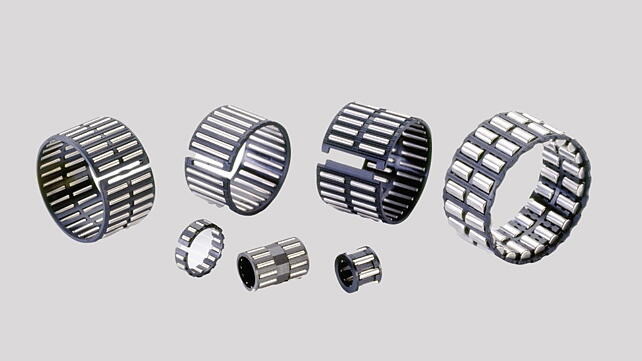
There could be short-term and long-term repercussions of the COVID-19 pandemic on demand for bearings at the global, regional, and country-level, reports the global market intelligence firm Stratview Research. The strategic assessment report on Automotive Bearings Market provides a comprehensive analysis by the types of vehicle, bearing, material, application, end-user, region, and size gives the trend, forecast, competitive analysis, and growth opportunity during 2021-2026. The report also provides the possible loss that the industry will register by comparing pre-COVID and post-COVID scenarios.
Report Highlights
In the automotive industry, bearings are used to enable rotational or linear movement while reducing friction and handling stress. Bearings are usually designed to bear axial, radial, or a combination of both loads. The structure of bearing consists of rolling elements and inner and outer races. This assembly allows one part to bear another in automobiles. When selecting a bearing for a particular application, factors like bearing friction, temperature, and lubrication and the design and construction of the bearing need consideration.
The industry had already been under stress in 2019 as new vehicle production had fallen prey to the economic downslide. Even emerging economies, such as China and India, the growth propellers of the industry, couldn't escape the severe impact of the falling production in the past year. The industry was looking forward to remedial growth in 2020, but the onset of the COVID-19 pandemic shattered all stakeholders' expectations, creating havoc with its prolonged impact across regions. The automotive bearings market is highly dependent on the organic growth of automotive production and follows similar strides as automotive production.
The catastrophe of the COVID-19 pandemic shook the automotive industry to the core in 2020. The short-term impact on the market remains apparent - mass employee layoffs across regions and industry verticals, leading to consumers' reduced purchasing power, ultimately resulting in decreased demand for new vehicles. This, paired with cash-burnouts of several players, production halts and reductions, and shrinking economies across the globe, collectively contributed to the massive decline in the automotive industry, imprinting a decline of over 15% in demand bearings in the automotive industry in 2020. The market for bearings in the automotive industry is subjected to mark a healthy rebound in the coming years to reach an estimated value of $18.3 billion in 2026.
Based on the vehicle type, passenger vehicle is expected to maintain its indubitable lead till 2026, driven by a sustained increase in urban demand, rising consumer disposable income, increasing motorisation rate, and reasonably higher production of passenger cars than commercial vehicles. Among all vehicles, the passenger vehicle was least affected in 2020 and is expected to register the fastest recovery followed by LCV. In the passenger car, the electric vehicle is estimated to record a good growth trajectory in the coming years.
Based on the bearing type, the ball bearing is likely to remain the dominant type in the market until 2026, given its characteristics of efficient functioning at a higher speed than roller bearings and ability to bear both radial and axial load in moderate amounts.
Based on the type of material, the metallic bearing is projected to maintain its invincible lead in the market till 2026, propelled by its ability to sustain in applications involving extremely high loads and fast rotations per minute (rpm). Stainless steel is the most widely used bearing material type, its excellent corrosion- and temperature-resistant properties make it superior to other competing materials. The non-metallic bearing type is anticipated to drive the fastest recovery in the post-pandemic market developments, closely followed by the hybrid bearing.
Asia-Pacific registered the minimum loss
All regions registered massive downfalls in 2020 in the wake of the pandemic. Asia-Pacific registered the minimum loss in 2020 and is projected to maintain its lead in the global market during the study. With most of the world's population, China, India, and Japan are creating a massive demand for vehicles, which, in turn, is causing a stir in the region's automotive bearings market. The Chinese automotive industry is witnessing an advanced recovery after the strategic and efficient control of the COVID-19 outbreak. North America and Europe are also likely to bounce back, creating a healthy demand in the years to come.
NB: Photo is representational. Courtesy: Schaeffler